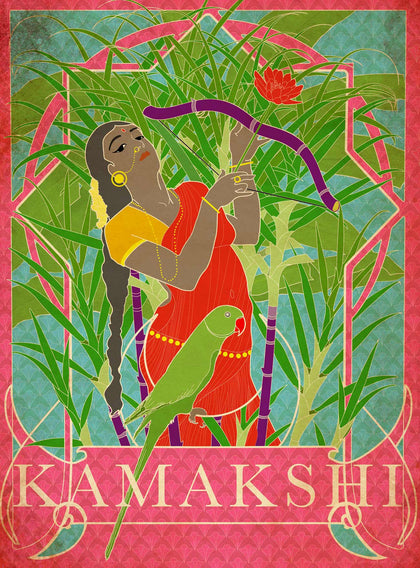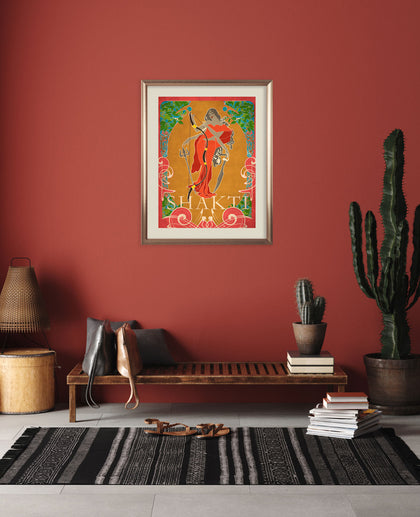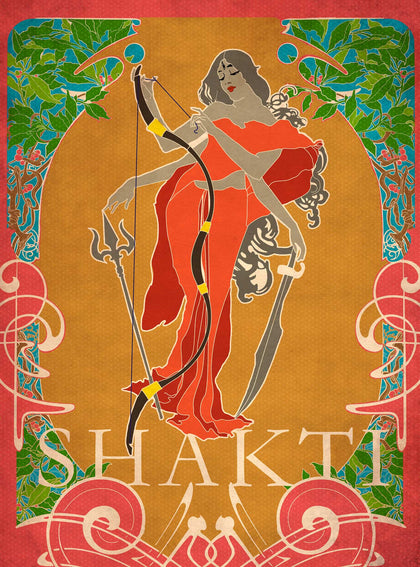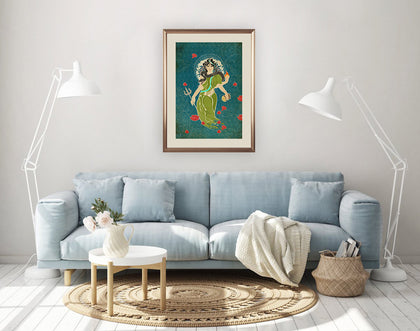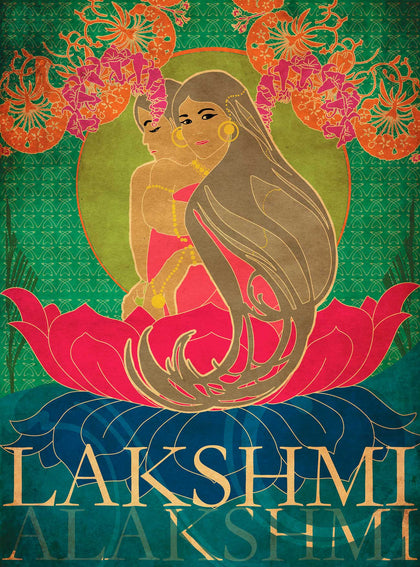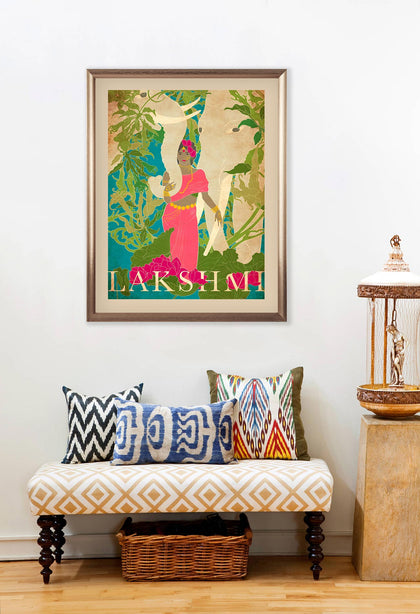The difference is a subtle one, but it changes everything - it lies in the way we are seen. Kali does not reserve a special consideration just for us. Her justice is that of the wild. We are seen as part of all creation, and she in turn, is not affected by our gaze. As Durga though, she is maternal, and stops by our homes on her way to the battlefield. Invoked by warriors and worshiped for an alliance, she shows a tenderness that leads to battling for us. A warrior mother, who indulges and cares.
Kali on the other hand, can surprise us with her justice of the wild. She carries us up the river back into the forest, towards a breathing and alive darkness that no one is ever lost in - for the trees and animals there are never lost, and we can ask them assent, to know and be known. She is Yoga Nidra, unwitnessed nature and unperceived reality, and here we come upon a part of creation not destined for us. And in that stillness, a dark and fearless goddess runs past us, naked as she hunts.
Riding in on her lion, Durga symbolizes her conquest over the ego - an unstoppable force of strength, knowledge and wisdom. A warrior mother ascending from the yellow fires is eternally victorious. Here, she too is yellow with turmeric, that we apply on her as we urge her to rest. As Haldi Mukhi (the yellow faced one), Durga comes to us as Parvati - the mountain princess, and our abode becomes her paternal home. We dance and fill the air with the sweetest of scents, singing songs of her glory that sometimes act as a record of her complaints. A meditating husband, while she has to handle the world, bring up her children, create food on the icy peaks, warring, nurturing, enabling all of creation…the list seems to go on. Life of a goddess is strenuous and we listen to the adorable young, yellow faced immortal tell us of her life.
About the Series:
This artwork is part of the “Sister Misfortune” series, through which the artist, Smruthi Gargi Eswar, narrates lesser-known stories from Indian mythology, while reflecting on the narrative surrounding women in our culture. Various Indian goddesses (devis) are depicted with a refreshing artistic lens.
In India, there is a constant burden on women to be “Devi-like”. Through this series, the artist attempts a reverse deification of the goddesses, making them appear like real women, in a real world. The series is an exploration not just of duality, but of multiplicity. It compels us to question our attitudes - women towards themselves, men towards women. How does the idea of a goddess coexist within every woman? How do we, as a society, so casually dismiss, disrespect, disregard, and defile in our everyday existence, those who we have bedecked with gold and enshrined in a temple?
Please note: This artwork is available in two sizes and two different materials.
























































































 View Full Screen
View Full Screen































